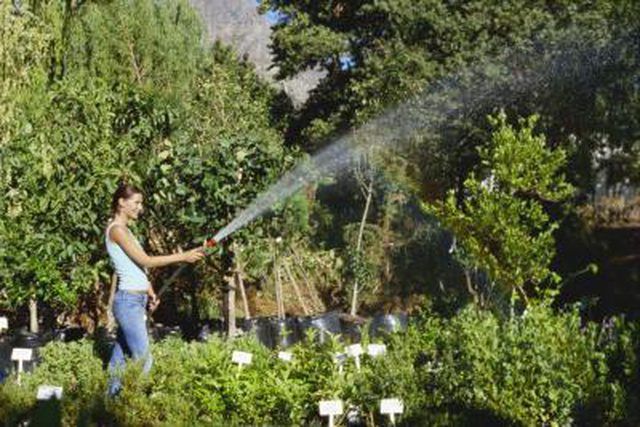Bulbs
Flower Basics
Flower Beds & Specialty Gardens
Flower Garden
Garden Furniture
Garden Gnomes
Garden Seeds
Garden Sheds
Garden Statues
Garden Tools & Supplies
Gardening Basics
Green & Organic
Groundcovers & Vines
Growing Annuals
Growing Basil
Growing Beans
Growing Berries
Growing Blueberries
Growing Cactus
Growing Corn
Growing Cotton
Growing Edibles
Growing Flowers
Growing Garlic
Growing Grapes
Growing Grass
Growing Herbs
Growing Jasmine
Growing Mint
Growing Mushrooms
Orchids
Growing Peanuts
Growing Perennials
Growing Plants
Growing Rosemary
Growing Roses
Growing Strawberries
Growing Sunflowers
Growing Thyme
Growing Tomatoes
Growing Tulips
Growing Vegetables
Herb Basics
Herb Garden
Indoor Growing
Landscaping Basics
Landscaping Patios
Landscaping Plants
Landscaping Shrubs
Landscaping Trees
Landscaping Walks & Pathways
Lawn Basics
Lawn Maintenance
Lawn Mowers
Lawn Ornaments
Lawn Planting
Lawn Tools
Outdoor Growing
Overall Landscape Planning
Pests, Weeds & Problems
Plant Basics
Rock Garden
Rose Garden
Shrubs
Soil
Specialty Gardens
Trees
Vegetable Garden
Yard Maintenance
How to Punch Holes in the Tube for Drip Irrigation
How to Punch Holes in the Tube for Drip Irrigation. Providing the prized plants in your garden or yard with the correct amount of water is necessary to maintain their health and attractiveness. The task can prove challenging to do efficiently, though, if you attempt to water each plant by hand or use sprinkler irrigation. Drip irrigation, sometimes...

Providing the prized plants in your garden or yard with the correct amount of water is necessary to maintain their health and attractiveness. The task can prove challenging to do efficiently, though, if you attempt to water each plant by hand or use sprinkler irrigation. Drip irrigation, sometimes called micro-irrigation, applies water at a slow rate directly to the root zone of plants by using tubing and regulated emitters, minimizing the amount of water wasted through evaporation and runoff. One aspect of setting up a drip-irrigation system or adjusting an existing system involves installing 1/4-inch diameter or similarly sized distribution or "spaghetti" tubing branching to individual plants from 1/2-inch or other large-diameter tubing.
Things You'll Need
Thick work gloves
Tubing hole punch
Distribution tubing or emitters
Hold the large tubing into which you will punch holes, grasping it firmly in one hand or holding it securely against the ground. Determining where holes should go in the tubing is simple when it is laid in place where it will be used and distribution tubing or emitters are set about where they will be inserted into the large tubing.
Position a tubing hole punch against the large tubing where you want to create a hole, such as where you want to place distribution tubing or an emitter, or near a plant.
Hold onto the large tubing securely near where you want to punch the hole to help it maintain the tubing's shape and to avoid punching a hole completely through both sides of the large tubing. Push the tubing hole punch down or squeeze it, depending on the type of hole punch you use, until the point of the hole punch completely penetrates one side of the large tubing.
Repeat the hole punching procedure in the large tubing to create a hole near each plant or every spot where you want to put distribution tubing or an emitter.
Push distribution tubing or an emitter into each applicable hole in the tubing.
Tips & Warnings
Punch holes in the tubing during early morning or whenever weather is cool. High temperatures increase the tubing's flexibility, making hole punching more difficult than it is at lower temperatures.
If you accidentally create a hole at the wrong spot in the tubing or no longer need an emitter or distribution tubing in a certain position, fill the hole with a goof plug, which should fit snugly in the hole.
Different kinds of tubing hole punches are made. Some are very simple hand tools with a short, spiky point and handle while others fit around tubing and require a squeezing motion, like that used for a paper hole punch or stapler, to punch a hole. The latter kind punches holes more easily than the other kind but is slightly bulkier and more expensive, making it suitable for large projects. A simple hand tool hole punch fits in a pocket and is best for small projects or simple repairs when no more than a few holes need to be made at one time.